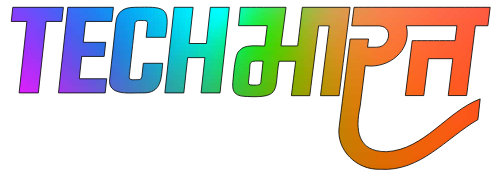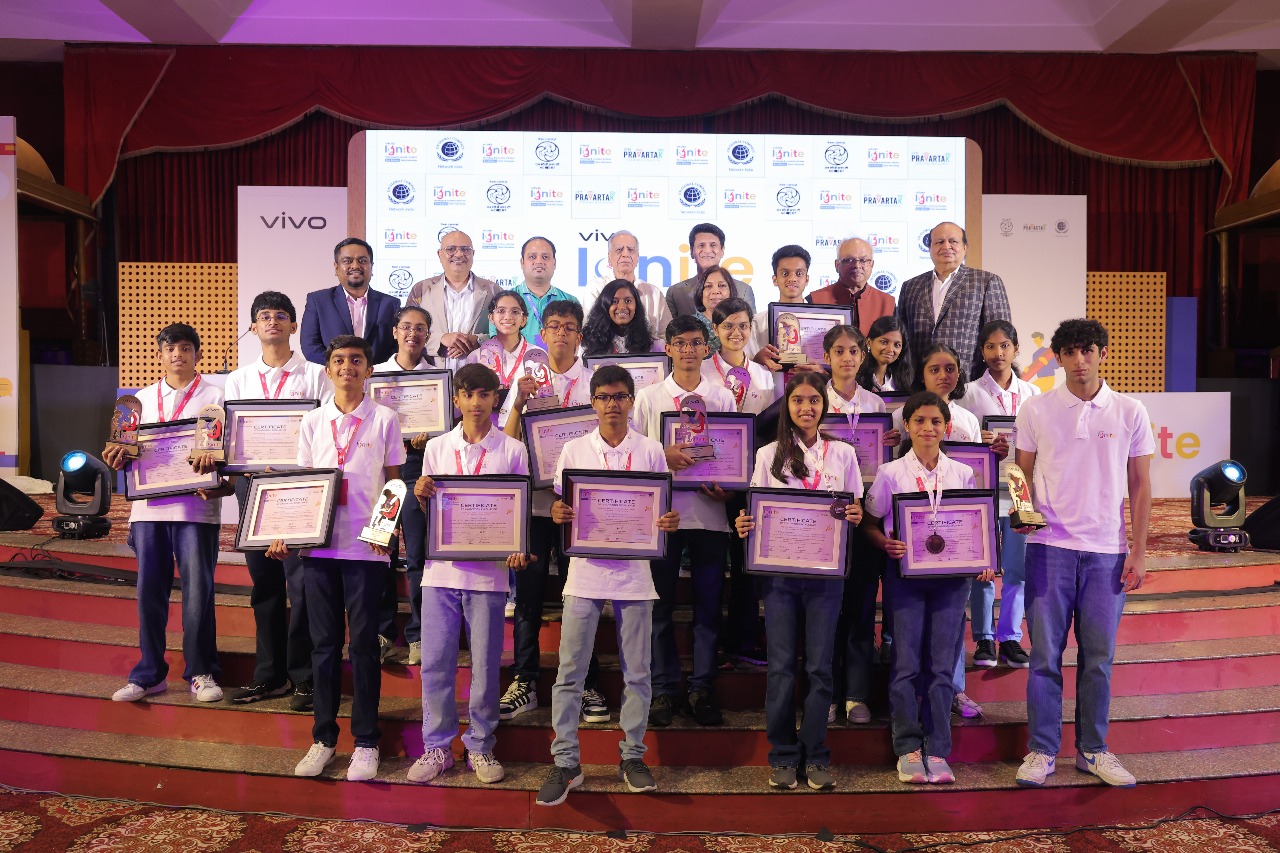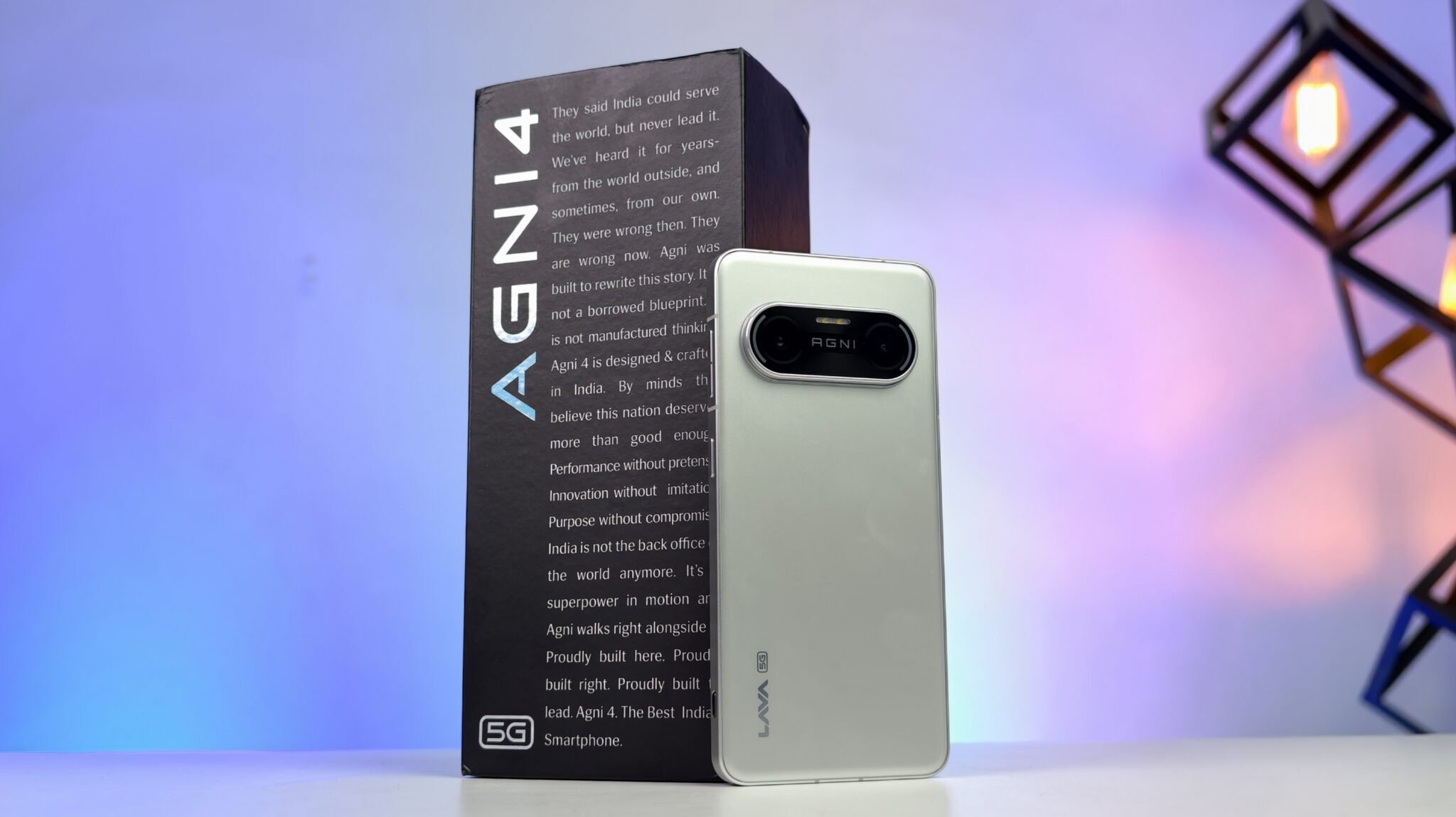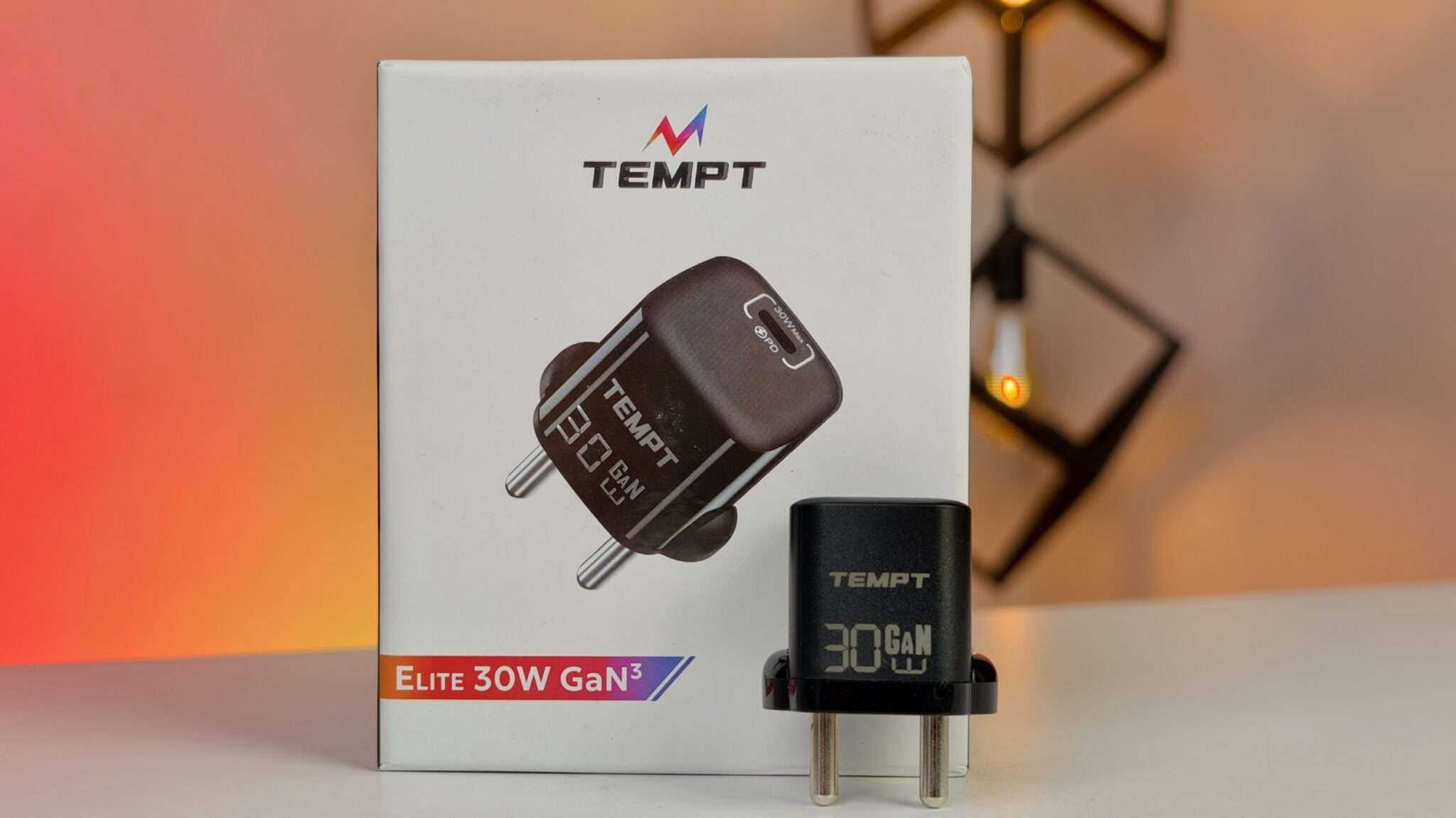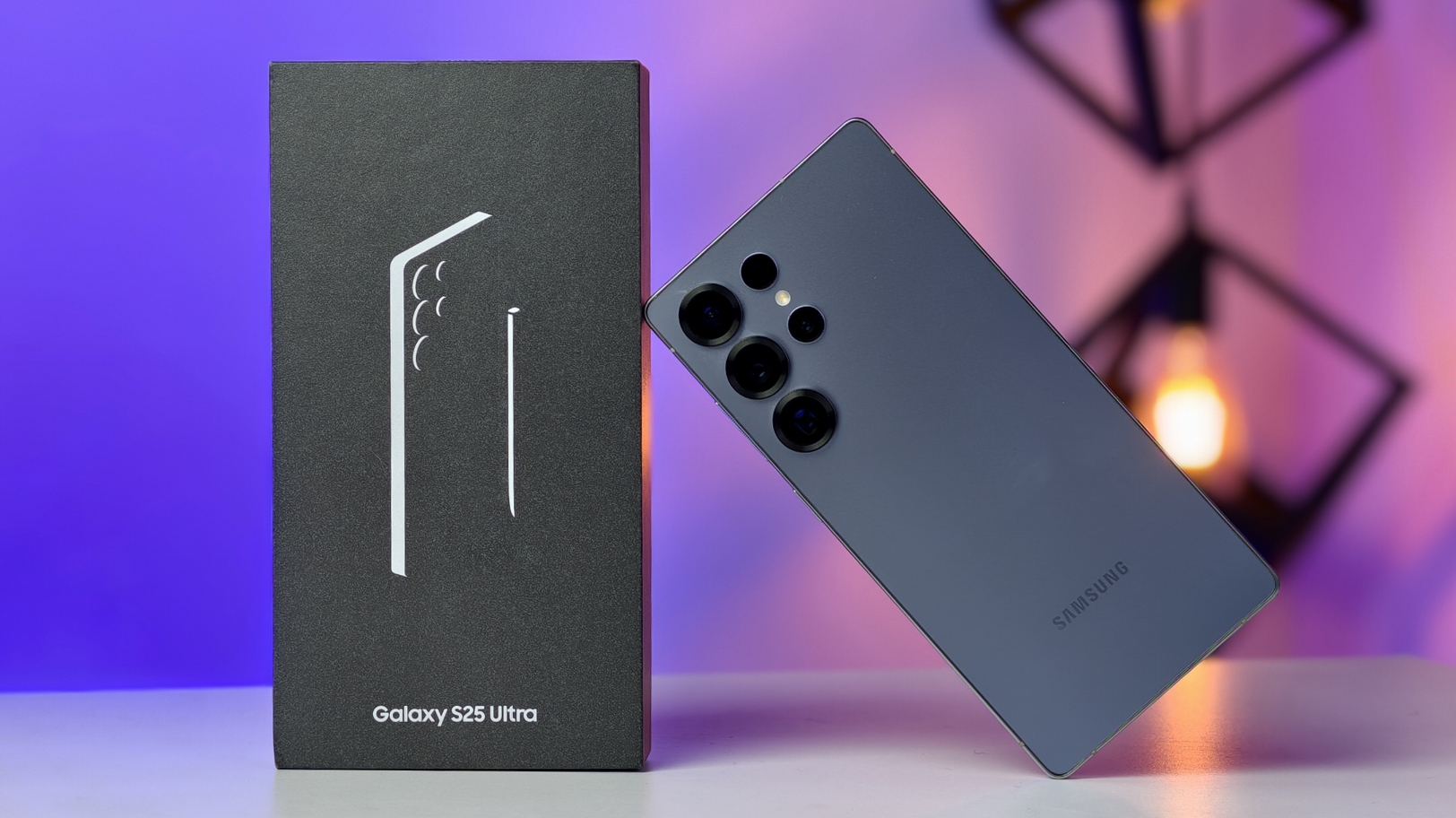The future of technology-driven social change took center stage on June 15, 2025, as vivo India announced the national winners of its flagship vivo Ignite: Technology and Innovation Initiative. In a grand ceremony held at The Ashok, New Delhi, young innovators from across India showcased their ingenuity, with Prateek Sethi of Class IX from Odisha claiming the top honor for his groundbreaking project, “AI Powered Criminal Activity Detection Through Sensor-less Sensing.” His innovation, a cost-effective, Wi-Fi-based system designed to detect suspicious activity without intrusive surveillance, earned him a scholarship worth INR 4 lakhs.
Key Takeaways
- Prateek Sethi of Odisha won the top prize at vivo Ignite 2025 for his AI Powered Criminal Activity Detection Through Sensor-less Sensing project.
- The winning innovation is a cost-effective, Wi-Fi-based system that detects suspicious activity without traditional surveillance.
- The third edition of vivo Ignite saw a two-fold increase in registrations, with over 37,000 students from 9,000+ schools across 660+ districts participating.
- The initiative awarded scholarships totaling INR 35 lakhs to students in grades 8-12 for their “Tech for Good” innovations.
- vivo Ignite is a collaborative effort with CIET-NCERT, IITM Pravartak Technologies Foundation, and UN Global Compact Network India.
- The event also highlighted vivo KanyaGyaan, a program empowering young women in STEM through scholarships and mentorship, which has supported over 175 scholars.
The vivo Ignite initiative, now in its third edition, has rapidly grown into a significant platform for fostering problem-solving and technological creativity among India’s youth. This year’s competition witnessed an impressive surge in participation, attracting over 37,000 registrations from more than 9,000 schools across 660+ districts, marking a two-fold increase from the previous edition. This expansive reach underscores the program’s growing influence in nurturing grassroots innovation. More than 5,600 innovative “Tech for Good” project ideas were submitted, all aligning with the United Nations Sustainable Development Goals (UN SDGs).
The rigorous three-stage evaluation process began with regional shortlisting of the top 200 ideas. These promising projects then advanced to a mentorship-led prototype development phase, where students received guidance from academicians and practitioners. The journey culminated in the National Finale, where 19 finalists presented their work, showcasing a diverse range of scientifically sound and socially impactful prototypes.
Spotlight on the Winning Innovation: AI Powered Criminal Activity Detection Prateek Sethi’s winning project addresses a critical societal need for enhanced security. His “AI Powered Criminal Activity Detection Through Sensor-less Sensing” system leverages Wi-Fi signals to identify suspicious human activities in a non-intrusive manner. Unlike traditional surveillance systems that rely on cameras or physical sensors, this innovation utilizes existing Wi-Fi infrastructure, making it a highly cost-effective and scalable solution.
This technology holds immense promise for public spaces, homes, and organizations, offering a discreet yet effective way to detect abnormal patterns that might indicate criminal intent. The system’s ability to differentiate between normal and suspicious movements without visual input raises important considerations about privacy while providing a new tool for safety.
A Spectrum of Solutions: The Top Innovators Beyond the top prize, several other remarkable projects were recognized for their potential to drive positive change:
- ArmX – Smart Rehabilitation System for One-Hand Paralyzed Individuals: Developed by Devarsh Patel (Class-X), Veer Manvar (Class-X), and Kavan Patel (Class-X), this project secured a scholarship worth INR 6 lakhs. Their system features a sensor-equipped glove that captures movements from a healthy hand and replicates them in a robotic arm assisting the paralyzed hand. This non-invasive, interactive setup facilitates movement therapy, aiming to improve mobility, strength, and neuroplasticity for individuals recovering from paralysis, ultimately fostering greater independence.
- GRGS – Green Run for Green Souls (From Wind to Wheels): Safin Mallick (Class-XI), Sirsa Naskar (Class-X), and Agamani Pandey (Class-X) won a scholarship of INR 4.5 lakhs for their project. Their concept focuses on commercially viable electric vehicle (EV) charging stations powered by renewable wind energy. With India’s extensive highway network and growing EV market, this solution offers a sustainable alternative to traditional power sources, promoting green energy and reducing dependence on fossil fuels.
- Arduino-based LPG Gas Leakage Detection and Prevention System: Kushaal Abhay (Class-X), Vamshikha K S (Class-X), and Dhriti Kannan (Class-X) received a scholarship worth INR 3 lakhs for this vital safety mechanism. Their automated system enables quick responses to accidental LPG leaks, prioritizing prevention and disaster control. This easy-to-install device aims to enhance protection for individuals by significantly reducing the risks associated with gas leaks.
- Trevive: A Device to Monitor Real-Time Health of Trees: This project by Abeer Gosain (Class-XII) was awarded a scholarship of INR 75,000. Trevive is a scalable, low-cost solution for monitoring tree health in both urban and rural environments. Its simple yet effective technology, coupled with a mobile application, provides crucial insights for large-scale tree health assessment, supporting global tree conservation efforts.
National Finalists, ranking 6-10, also received scholarships of INR 25,000 per child, an encouragement for their continued pursuit of innovation.
The Power of Partnership and Vision Geetaj Channana, Head of Corporate Strategy at vivo India, emphasized the company’s core belief: “vivo Ignite reflects our commitment to creating joyful, purpose-driven opportunities for students to explore, innovate, and solve real-world challenges.” He highlighted the program’s dedication to reaching every corner of the country and empowering the next generation of changemakers.
The evaluation process for this year’s vivo Ignite was led by a distinguished jury comprising leading academicians and industry experts from partner organizations. Projects were assessed based on creativity, scientific application, feasibility, cost-effectiveness, and potential for social impact.
The vivo Ignite initiative operates through strategic collaborations with prominent organizations:
- CIET-NCERT (Central Institute of Educational Technology – National Council of Educational Research and Training): This partnership enhances the program’s accessibility and outreach, ensuring students from all backgrounds can participate.
- IITM Pravartak Technologies Foundation (Indian Institute of Technology Madras Pravartak Technologies Foundation): Provides crucial technical guidance, mentorship, and evaluation, helping students refine and scale their ideas into tangible solutions.
- UN Global Compact Network India (UN GCNI): Ensures that the projects align with broader sustainability principles and contribute to the United Nations Sustainable Development Goals.
These collaborations form a dynamic ecosystem that inspires innovation and drives meaningful change, solidifying vivo Ignite’s position as a strategic enabler in India’s education and innovation landscape. The Grand Finale saw the presence of eminent dignitaries, including Prof Indu Kumar, Head, ICT & Training, CIET-NCERT; Mr. Ratnesh Jha, Executive Director, UNGC Network India; Mr. Rajendra Mootha, Head, Strategic Initiative Pravartak Technologies Foundation and Former COO, IIT Madras Innovation Park; and Mr. Mahabir Singh, Founder Director, Science Olympiad Foundation. The event was expertly anchored by “Tech Guru” Rajiv Makhni, who brought his insight to the stage, engaging the audience in a celebration of young talent and bold ideas.
Empowering Women in STEM: The vivo KanyaGyaan Initiative Beyond vivo Ignite, vivo India also recognized the beneficiaries of its impactful vivo KanyaGyaan initiative. This flagship program focuses on empowering women in STEM (Science, Technology, Engineering, and Mathematics) by dismantling financial and societal barriers. vivo KanyaGyaan offers scholarships, mentorship, skill-building workshops, and industry exposure to support young women in their academic and professional journeys.
To date, vivo KanyaGyaan has empowered over 175 scholars. Notably, 60% of these scholars come from families with annual incomes below ₹1 lakh, and 15% have been raised by single parents. This initiative helps many become first-generation graduates and gain admission to premier institutions, illustrating its profound impact on transforming lives and shaping a more diverse STEM workforce. By fostering confidence, resilience, and ambition among its participants, vivo KanyaGyaan plays a crucial role in building a more inclusive and equitable future for India.
The success of vivo Ignite and vivo KanyaGyaan highlights vivo India’s commitment to social responsibility and its belief in the power of youth to drive progress. By investing in education, technology, and diverse talent, vivo is actively contributing to India’s journey towards a more innovative and sustainable future.
Frequently Asked Questions (FAQ)
Q1: What is vivo Ignite?
A1: vivo Ignite is a nationwide scholarship initiative by vivo India, in partnership with CIET-NCERT, IITM Pravartak Technologies Foundation, and UN Global Compact Network India, that encourages students in grades 8-12 to develop technology-driven solutions for social good.
Q2: Who won vivo Ignite 2025 and what was their project?
A2: Prateek Sethi of Class IX from Odisha won vivo Ignite 2025 for his project, “AI Powered Criminal Activity Detection Through Sensor-less Sensing,” a cost-effective, Wi-Fi-based system for non-intrusive crime detection.
Q3: How many students participated in vivo Ignite 2025?
A3: The third edition of vivo Ignite received over 37,000 registrations from more than 9,000 schools across 660+ districts, with over 5,600 project ideas submitted.
Q4: What kind of projects are featured in vivo Ignite?
A4: Projects featured in vivo Ignite are “Tech for Good” innovations, focusing on using technology to address real-world challenges and aligning with the United Nations Sustainable Development Goals. Examples from this year include rehabilitation systems, renewable energy solutions, gas leakage detection, and tree health monitoring.
Q5: What is the vivo KanyaGyaan initiative?
A5: vivo KanyaGyaan is a flagship initiative by vivo India dedicated to empowering young women from underserved communities in STEM fields. It provides scholarships, mentorship, skill-building workshops, and industry exposure to support their academic and professional journeys.
Q6: How much scholarship money was awarded at vivo Ignite 2025?
A6: The total scholarship amount awarded across all winners and finalists at vivo Ignite 2025 was around INR 35 lakhs. Individual scholarships ranged from INR 4 lakhs for the top winner to INR 25,000 for National Finalists.
